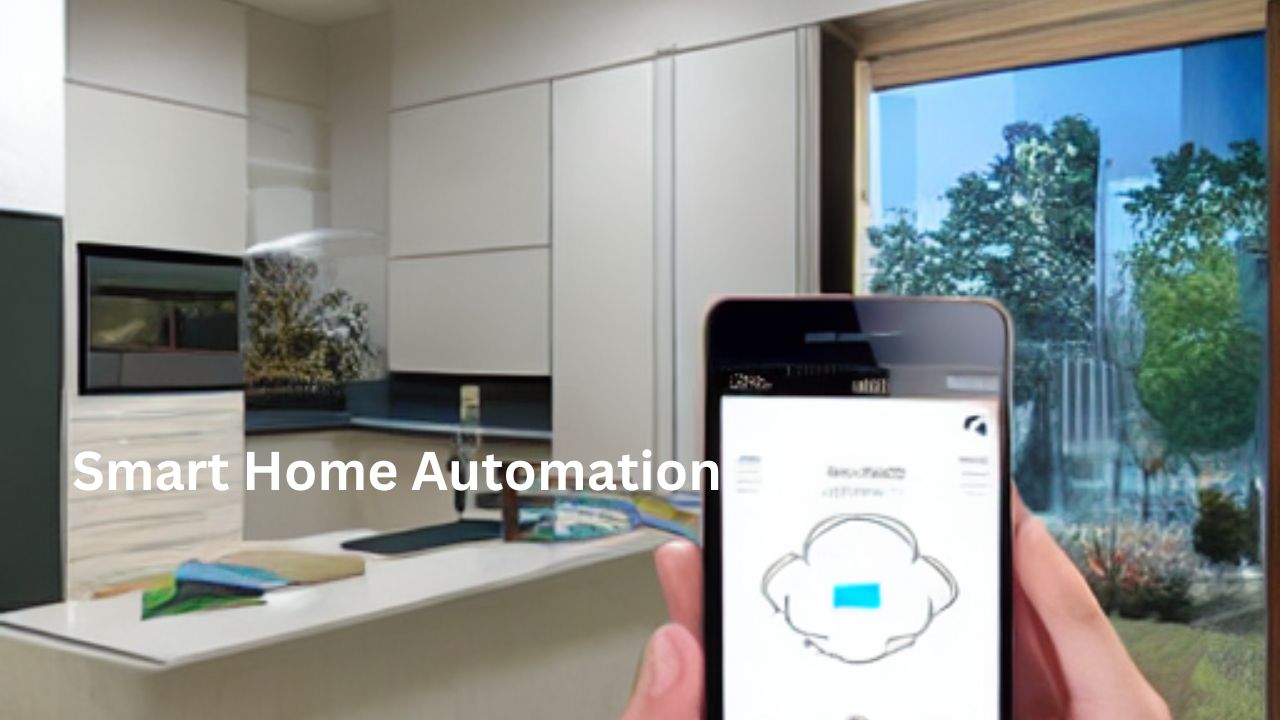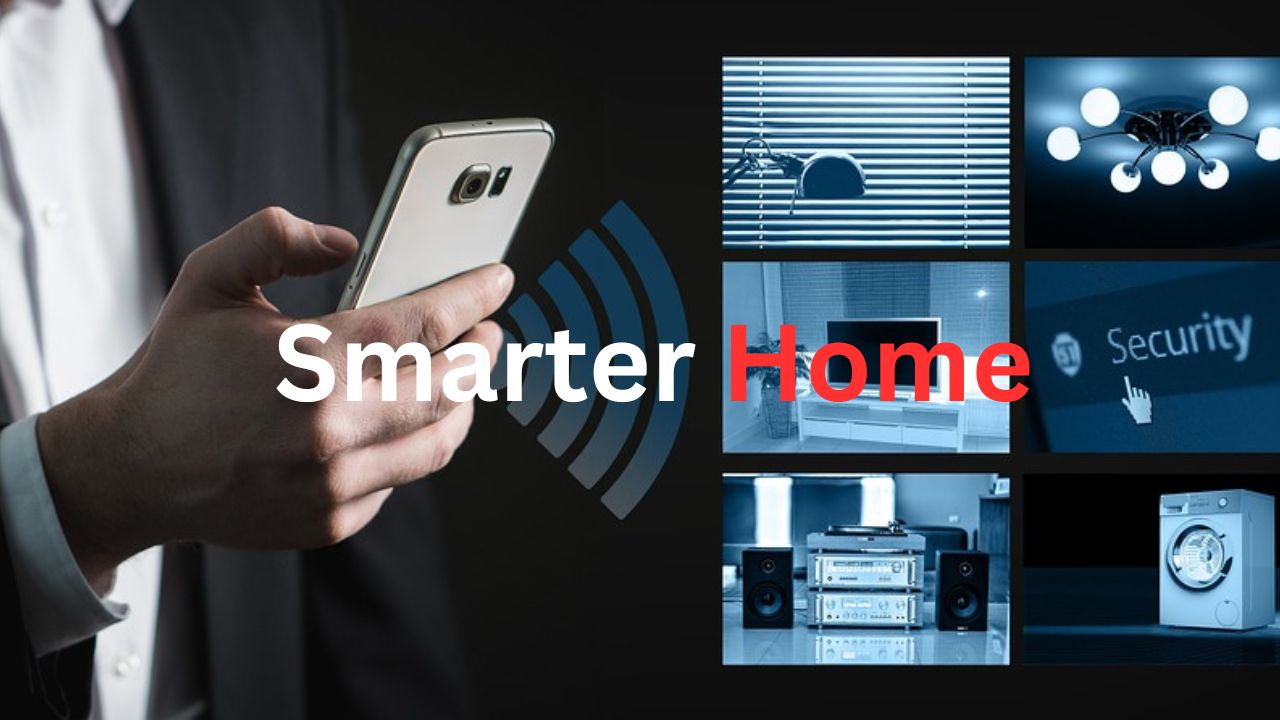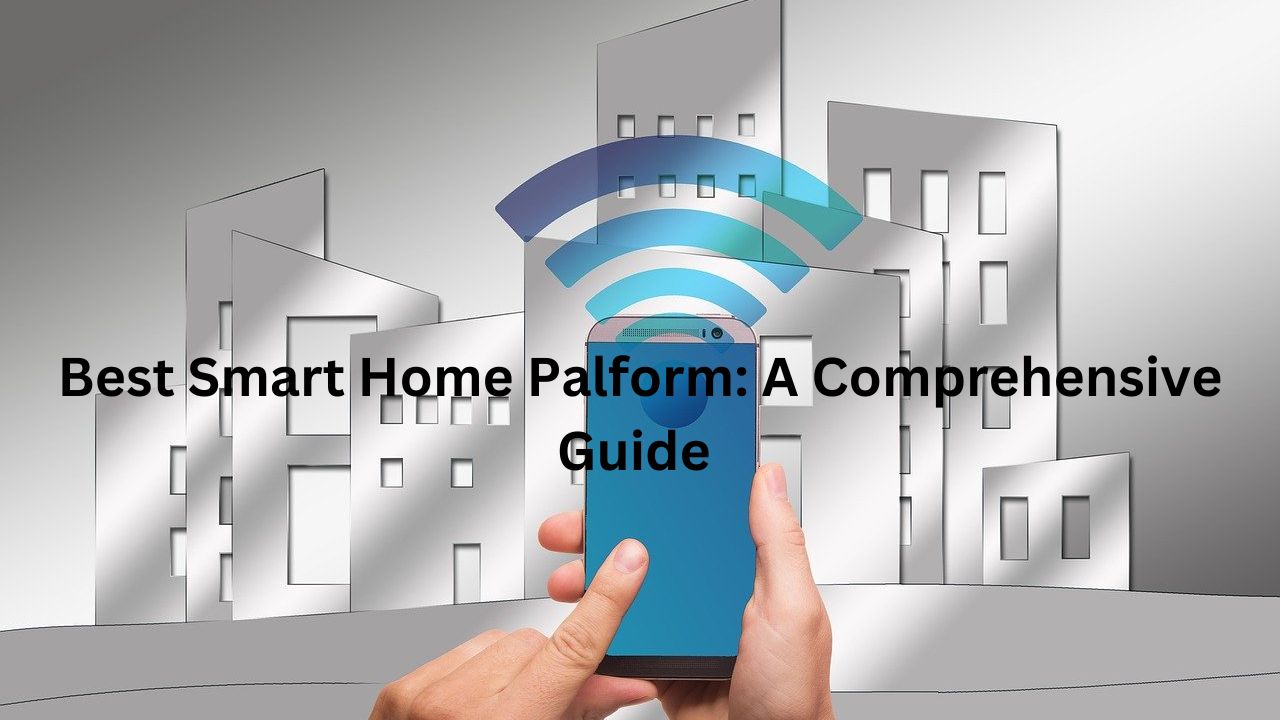What Can Home Automation Do for Your Home
Home automation technology provides numerous solutions to energy issues commonly encountered in modern homes. It improves the management of home appliances, resulting in increased comfort for users.
By allowing devices to operate automatically and on a schedule based on user preferences, home automation reduces overall energy consumption in the living space. It achieves this by providing users with essential data on consumption patterns, enabling them to make informed decisions that reduce costs.
With home automation, users can control smart devices through a single app. This means that even when away from home, they can check if their AC is left on. Additionally, home automation allows users to turn off fans and set timers for them to automatically turn on just before their expected time of arrival.
This technology also enables smart appliances to switch to energy-saving modes during peak hours, resulting in greater savings. Ultimately, this leads to both cost savings and reduced carbon footprint by consuming less energy.
Benefits of Home Automation
1. Achieving peace of mind
It is currently a challenging task, but with home automation, it becomes possible. You may wonder how this is possible. Well, home automation allows you to control your home from anywhere and at any time using your smartphone.
It notifies you of any potential dangers at home and enables you to monitor your appliances. With these features, you no longer have to worry about the usual concerns when leaving your home.
2. Monitor and Control:
It allows you to monitor and control your home from anywhere in the world by using your smartphone
This system enables you to address various security issues such as checking who enters your house, ensuring the main door and garage are locked, and keeping an eye on your children when they are at home.
Home automation allows you to create different scenes at home, such as party, dining, or morning scenes. These scenes adjust the lights and environment accordingly, enhancing your family time and enjoyment.
3. Convenience:
Home automation offers convenience and comfort by reducing manual efforts. You can use your smartphone to open doors, adjust the intensity of lights, and control appliances like AC, fans, and televisions through voice commands and simple touches.
This allows you to enjoy and accomplish tasks while staying in one place.
4. Energy efficient:
Home automation devices are energy-efficient and do not require additional electricity. They operate using your existing electricity and are smarter than traditional devices, resulting in reduced energy consumption.
Home automation devices help save money by reducing wastage. Smart devices like smart bulbs minimize electricity wastage, and some devices help conserve water.
Latest trends in Home Automation
There are several popular trends in home automation systems currently. Some of the biggest trends include:
1. Voice control:
Many home automation systems support voice control through devices like Amazon Echo or Google Home. This allows you to control your system with simple voice commands.
2. Smart thermostats:
Smart thermostats have the ability to learn your schedule and control your home temperature. This helps you save energy and money on your energy bills. 3. Smart lighting: You can remotely control the lighting in your home through a smart home system. This allows you to turn lights on and off, dim them, or change their color.
4. Smart security:
Security systems can include features like door locks, security cameras, and motion detectors to help keep your home safe.
5. Smart appliances:
Appliances, such as refrigerators, washing machines, and ovens, now come with smart capabilities. This allows you to control them remotely or through a smart home system.
Smart Home devices:
Smart home devices are internet-connected devices that can be controlled remotely using a smartphone, tablet, or computer. They can be used to automate tasks, improve security, and save energy. Some popular smart home devices include:
Smart speakers and displays:
Speakers like the Amazon Echo and Google Nest Audio can be used to play music, control other smart home devices, and answer questions.
Displays like the Amazon Echo Show and Google Nest Hub can also display information like the weather, news, and recipes.
Smart security cameras and systems:
The Smart security cameras and Ring Video Doorbells can send you alerts when they detect motion or sound. You can also use them to view live footage of your home from anywhere in the world.
Smart plugs and outlets:
Smart plugs like the Amazon Smart Plug and Geeni Smart Plug can be used to turn on and off appliances and electronics remotely. You can also use them to schedule devices to turn on and off at specific times.
Smart thermostats:
Smart thermostats like the Nest Learning Thermostat and Ecobee Smart Thermostat can learn your heating and cooling preferences and adjust the temperature accordingly to save energy.
Conclusion:
Overall, smart home is a rapidly growing field with a lot of potential. Smart home devices can offer a number of benefits, including convenience, security, and energy efficiency. To further analyze these advantages, a hausarbeit schreiben lassen could be utilized to provide detailed academic research on the subject. As smart home devices are becoming more affordable and easier to use, we can expect to see even more people adopt smart home technology in the future.
For more smart gadgets, visit niraktech.com


